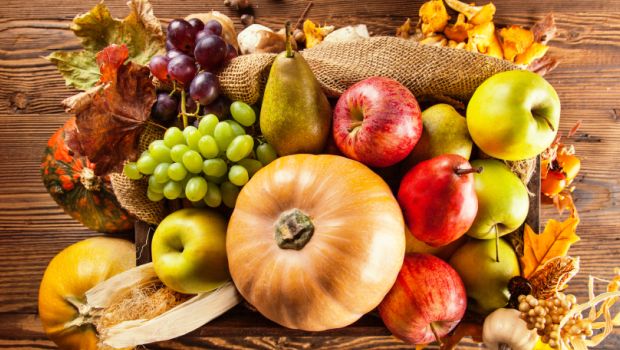By Elizabeth Adegbesan
Analysts in the financial sector have projected further inflationary pressure in the coming months, even as inflation maintained an uptrend for the third consecutive month in April to 16.82 per cent.
They cited the sustained pressure on food prices and energy costs on the back of the Ukraine-Russia conflict.
In its Consumer Price Index (CPI) released yesterday, the National Bureau of Statistics, NBS, said that the headline inflation rate rose to 16.82 percent in April 2022, representing a 0.90 percent rise when compared to 15.92 per cent recorded in March 2022.
According to the Bureau, increases were recorded in all COICOP divisions that yielded the headline index.
It said: “On a month-on-month basis, the headline index increased to 1.76 percent in April 2022, this is a 0.02 percent rate higher than the rate recorded in March 2022 (1.74) percent.”
However, inflation slowed down Year-on-Year (YoY) in April as the consumer price index, (CPI) which measures inflation decreased to 16.82 percent, a 1.3 percent points lower compared to 18.12 per cent recorded in April 2021.
“The urban inflation rate decreased to 17.35 per cent (YoY) in April 2022 from 18.68 per cent recorded in April 2021, while the rural inflation rate also decreased to 16.32 per cent in April 2022 from 17.57 per cent in April 2021.
“On a MoM basis, the urban index rose to 1.78 per cent in April 2022, up by 0.02 from the rate recorded in March 2022 (1.76%), while the rural index also rose to 1.74 per cent in April 2022, up by 0.01 from the rate that was recorded in March 2022 (1.73%).”
The bureau also said that the composite food index rose year-on-year (YoY) by 1.17 basis points to 18.37 per cent in April 2022 from 17.20 per cent in March 2022.
This was due to the rise in the food index following the increases in prices of bread and cereals, food products, potatoes, yam, and other tubers, wine, fish, meat, and oils.
The NBS said: “In April 2022, the CPI which measures inflation increased to 16.82 per cent on a Year-on-Year (YoY) basis. This is 1.3 percentage points lower compared to the rate recorded in April 2021 (18.12%). This means that the headline inflation rate slowed down in April when compared to the same month in the previous year.
“Increases were recorded in all COICOP divisions that yielded the headline index.
The April figure aligns with analysts’ projection for the month.
In their outlook for March analysts in Cowry Asset Management, said: “ We expect to see further increased inflationary pressure in the coming months due to rising insecurity which continues to negatively impact food distributions across the country. More so, the increasing demand pressure on the greenbank would further put pressure on cost, coupled with the rainy season and effect of crude oil price on transportation cost.”
Commenting on the April inflation rate, analysts at Alpha Morgan Capital said: “We anticipate further expansion in the inflation rate caused by the continuous increase in food prices and energy costs owing to the sustained tension between Ukraine and Russia.”
Also commenting, analysts at Cordros Capital, explained that the wider food demand-supply gap was underpinned by the increased demand associated with Ramadan and Easter during the review period. “In our view, the preceding, combined with high global food prices worsened by the Russia-Ukraine conflict; and elevated transport costs, outweighed the impact of off-season harvests in the review period.
“On a balance of factors, we expect the headline inflation to settle at 1.65% m/m in April, with the corresponding base from the prior year translating to a 74bps increase in the y/y inflation rate to 17.56%,” they said.
Vanguard News Nigeria

